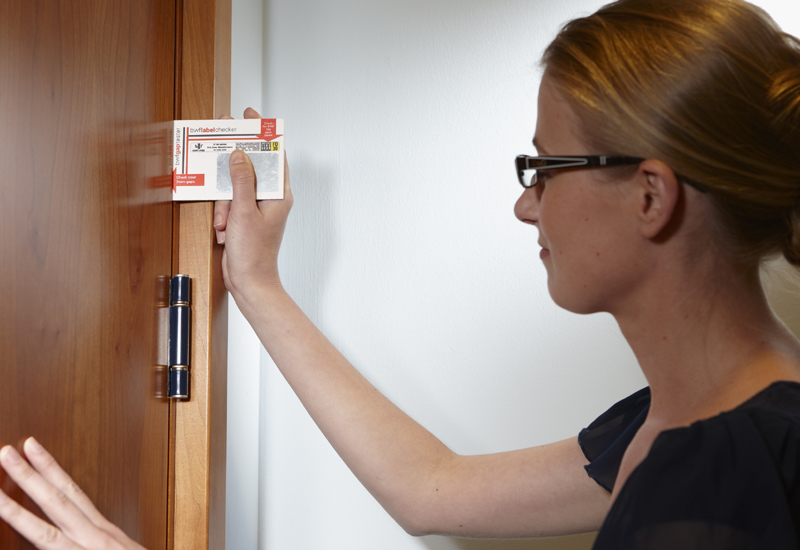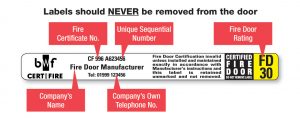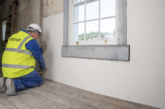
Next month marks the seventh anniversary of the UK’s worst-ever tower block fire disaster. The blaze that ripped through Lakanal House in 2009 claiming six lives, including those of three young children, also acted as wake-up call to local authorities and other social landlords. Kevin Hulin offers a timely review of high-rise fire safety.
The inquest into the tragedy pointed to ‘serious failure’ by Lakanal House owners Southwark Council, who had failed to meet their legal obligation to carry out a proper fire inspection. These legal responsibilities have fallen on all local authority owners and landlords of residential blocks following changes in the law in 2006. But — as the Lakanal House fire showed — they have not always been sufficiently prioritised.
There was a 44% increase in fire safety inspections of tower blocks by London Fire Brigade in 2014/15 compared to the year before, and just a few months ago housing association Lewisham Homes was fined £40,000 for failing to maintain fire doors in a Deptford tower block where two residents died in a 2011 fire.
Unfortunately, they are not an isolated case. With 35 fire safety notices served against social landlords in 2014 in London alone, it’s vital that local authorities have a good grasp of their duties under the current legislation.
What is the law for high-rise?
There are a raft of legislative guides, building regulations and standards that apply to high-rise buildings, but fire safety in the management of all multi-occupancy buildings is governed primarily by the Regulatory Reform (Fire Safety) Order 2005, commonly known as the Fire Safety Order. You’ll often see it abbreviated to the RRO. Similar but slightly different regulations apply in Scotland and Northern Ireland.
The RRO places responsibility for fire safety squarely on the building owner or whoever has day-to-day control of the building. Sadly, awareness of the RRO is nowhere near as high as it should be, as the London Fire Brigade’s independent review this year into the effectiveness of the RRO has confirmed.
There has also been confusion over the scope of the legislation, resulting in the need for detailed guidance, some of it quite old now. The Local Government Association’s guide on ‘Fire safety in purpose-built blocks of flats’ is considered as summarising best practice for single-family households, but it does not necessarily have legal application, and HMOs bring even more complex challenges.
The need for expert guidance or at least a very well trained ‘Responsible Person’ within the council is greater than ever.
Fire doors reduce fatalities

One area where the Responsible Person must be fully informed is on the critical role of fire doors. Fire doors are a key component of passive fire protection. They facilitate compartmentalisation by sealing off a building into sections separated from one another by fire-resistant barriers. These prevent or slow down the spread of the flames, giving the building’s occupants time to escape or be rescued. The lethal ferocity of the Lakanal House blaze was caused by a failure in compartmentalisation.
According to the BWF-Certifire Fire Door and Doorset Scheme, there are about three million new fire doors bought and installed every year in the UK, the vast majority made from timber. These fire doors are often the first line of defence in a fire and their correct specification, maintenance and management can be the difference between life and death for building occupants.
However, they remain a significant area of neglect, often the first thing to be downgraded on a specification and mismanaged throughout their service life, propped open, damaged and badly maintained. A review undertaken by Fire Door Inspection Scheme (FDIS) certificated fire door inspectors in 2015 revealed the extent of fire door failures being seen on site:
- Over 61% of fire doors inspected had problems with fire or smoke seals.
- More than a third had incorrect signage.
- 230 fire doors inspected had gaps bigger than 3mm between door and frame.
- More than 20% had unsuitable hinges.
- Almost one in six had damage to the door leaf.
Getting expert help
So how do you ensure the fire doors in your high-rise building are up to the job?
Specifying an appropriately certificated doorset is the best place to start. Look for the BWF-Certifire label on the top edge of the door, and follow the advice in its new Best Practice Guide (go to www.bwfcertifire.org.uk/publications/guides-and-directories).
Fire doorsets are factory matched and often consist of an assembled door, frame and all essential door hardware, all delivered ready for installation. Then, of course, it has to be installed correctly by a competent person who has the necessary qualifications and experience.
So that’s it then? Unfortunately not. Depending on where the fire doors are installed will dictate how often they need to be audited so that any damage or worn components can be rectified. Modifications, such as adding vision panels or locks, can negate certification and, more importantly, adversely affect fire performance. Doors can be damaged through simple wear and tear and closers may become worn meaning that they no longer do their job properly. And that’s only the beginning.
It is the lack of knowledge around these and other issues that led to the fo
rmation of the Fire Door Inspection
Scheme (FDIS) in 2012 by the Guild of Architectural Ironmongers and BWF-Certifire.
FDIS’s objective is to transform knowledge and understanding  about the critical role of fire doors and how they can save lives and protect property. It comprises an online education programme, which covers a wide range of topics including glazing, seals, ironmongery and signage. Once learners are ready they can then take the FDIS Diploma — a recognised, professional qualification.
about the critical role of fire doors and how they can save lives and protect property. It comprises an online education programme, which covers a wide range of topics including glazing, seals, ironmongery and signage. Once learners are ready they can then take the FDIS Diploma — a recognised, professional qualification.
The other tip is to seek out the services of an FDIS certificated fire door inspector. There are certificated inspectors covering the UK and Ireland and the number of enquiries received for their services from property managers in the public sector in particular is continuing to rise year on year.
Kevin Hulin is manager of the Fire Door Inspection Scheme
Find your local FDIS inspector at fdis.co.uk/inspector








